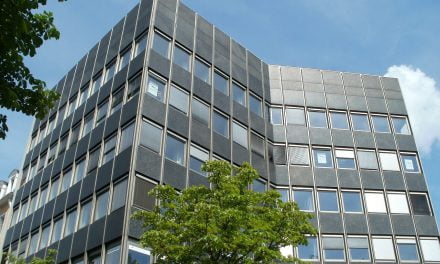Do you have clients who would like to take advantage of today’s low interest rates by refinancing, but are unable to since they have more than 20% equity in their home? Good news! If their mortgage is owned by Freddie Mac, they may be in luck.
Freddie Mac has announced its plan to remove loan-to-value ratio (LTV) restrictions for Freddie Mac-owned or guaranteed mortgages under the Home Affordable Refinance Program (HARP 2.0) and Freddie’s Relief Refinance programs. These programs currently disqualify homeowners with LTV ratios below 80%.
Earlier this year, HARP 2.0 removed its LTV ceiling, allowing homeowners with LTVs above 125% to qualify. Together with this announced change, mortgages owned by Freddie Mac can qualify for HARP 2.0 regardless of their LTV, the ceiling and floor being stripped away.
The removal of the 80% LTV restriction will be effective January 1, 2013 and officially announced in September.
first tuesday take
This is good financial news for homeowners with 20% or more equity. Their monthly mortgage payments will be lowered and they will have more money to spend or save. Either way the economy benefits with their increased disposable income since their spending on consumer goods becomes someone else’s income — which is then spent, and so on.
Now, a comment on the evolution of the programs. These programs were specifically designed to help underwater homeowners to reduce their monthly payments, not necessarily help those with a positive equity stake.
Let’s remember the original intent of these programs: encourage high-LTV homeowners to continue making payments on their black-hole assets by lowering their monthly bill, instead of walking away. Low-LTV homeowners already have sufficient incentive (skin in the game) to continue making payments, meaning the change will help those who need it least, but will put more dollars into the stream of consumer spending.
In a similar move, the 125% LTV ceiling was removed under HARP 2.0 in an effort to extend the reach of the program to deeply underwater homeowners (many of whom reside in California). However, few lenders have complied, besides those who originally funded the loan.
Most lenders chose not to participate in HARP 2.0 due to the innate put-back risk, fearing Freddie will force them to repurchase faulty mortgages if a mistake was made during the underwriting process. If the loan has an LTV greater than 125%, the lender would be stuck with all the consequences of an underwater mortgage (higher rate of default, more money to lose on a short sale, etc.) they were otherwise planning to pass on to Freddie.
Thus, despite the removal of the maximum LTV, lenders still refuse to refinance mortgages for those whom the program was designed to benefit.
Opening the gates for those with skin in the game is fine for everyone, except the lender who owns the mortgage and receives its high rate of interest. Maybe it will increase the program numbers and serve as a political victory at the very least.
But history has shown us again and again that government sponsored mortgage refinance programs have zero traction as long as it is left up to lenders to call the shots. The successful refinancing of mortgages is imperative to our economic health.
So who is going to take the reins and finally make something happen?
Related article:
Re: Pending Freddie Mac Relief Refinance Changes to Help Lenders Refinance More Borrowers from Freddie Mac













